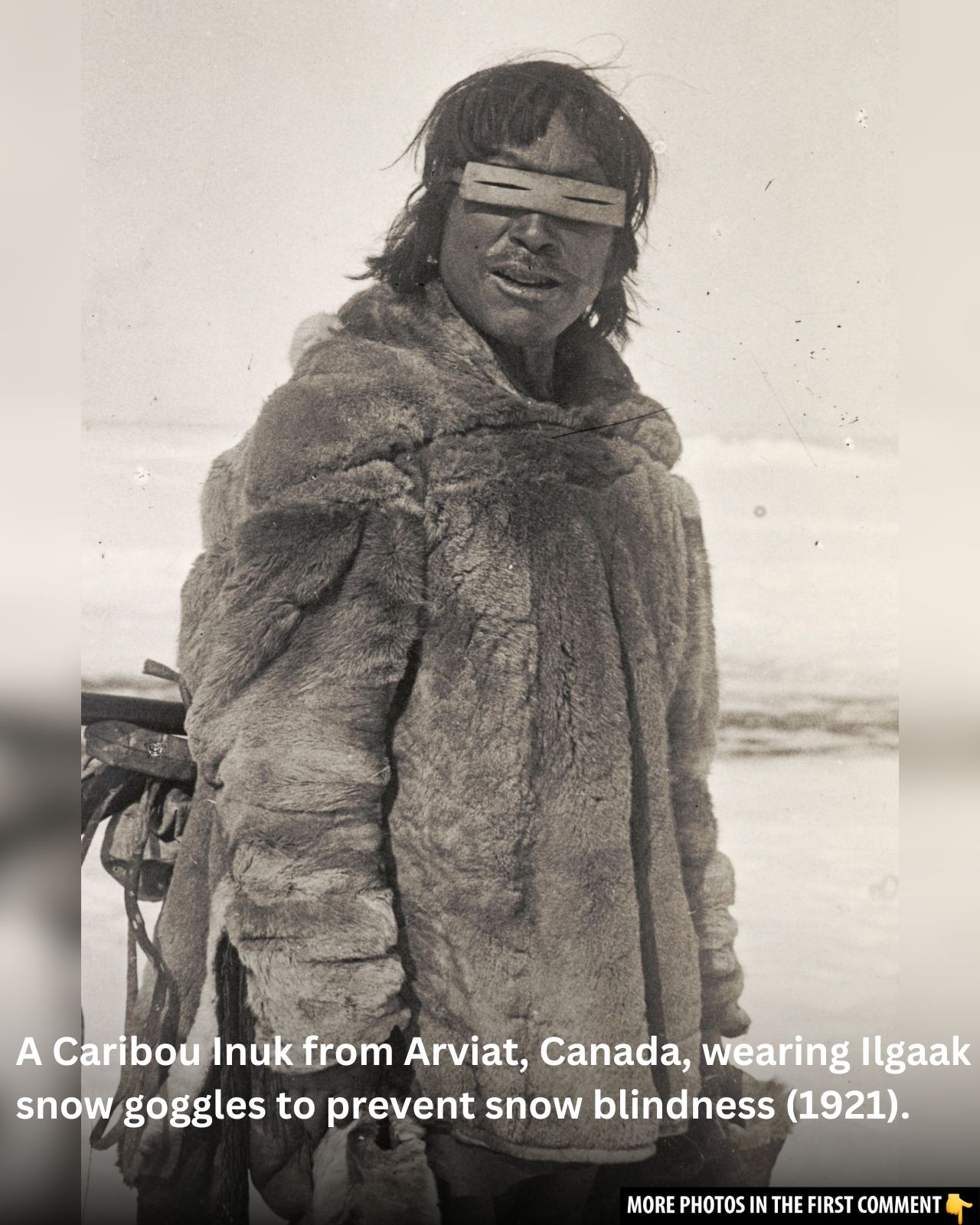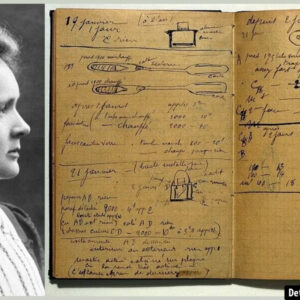In the snow-covered expanse of the Arctic, where survival is a constant battle against the elements, the Inuit and Yupik peoples have long thrived. Among their many innovations, the creation of snow goggles stands out as a remarkable adaptation to one of the harshest environments on Earth. These simple yet ingenious tools not only protected their eyes from the blinding glare of snow but also embodied the deep connection these communities had with their land and their way of life.
Inuit and Yupik Snow Goggles: The Birth of a Practical Solution
The need for snow goggles arose from the harsh conditions of the Arctic landscape. The endless stretches of snow, ice, and the low sun during the winter months reflected an unbearable amount of light, causing intense glare. For the Inuit and Yupik, whose daily activities often involved traveling or hunting in these snowy terrains, this glare posed a significant risk to their eyesight, potentially leading to temporary or permanent blindness. The solution they devised was simple yet incredibly effective: snow goggles.
Crafted from materials readily available in their environment, such as wood, bone, ivory, and antler, these goggles were designed to protect the eyes while allowing the wearer to maintain clear vision. Unlike the modern sunglasses we are accustomed to today, Inuit and Yupik snow goggles were carefully carved with narrow slits that allowed only a small amount of light to pass through, drastically reducing glare and enabling the wearer to see clearly even in the brightest conditions. This adaptation was essential for survival in one of the most unforgiving climates on Earth.
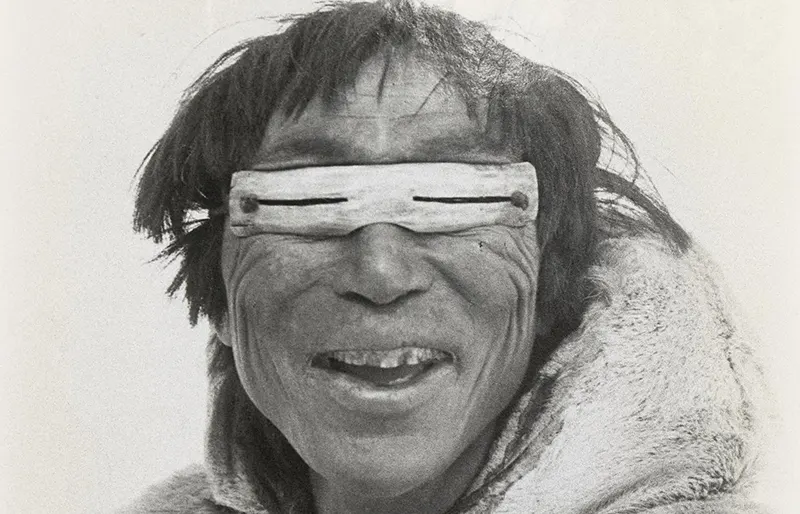
Video
Watch the video showcasing the incredible Inuit snow goggles and their remarkable design!
Materials and Craftsmanship: Nature’s Resources in Arctic Engineering
The construction of these snow goggles was a meticulous and thoughtful process, with the materials chosen for their durability and functionality in extreme temperatures. Driftwood, particularly spruce, bone, walrus ivory, and caribou antler were the primary materials used. These materials were carved to fit the contours of the wearer’s face, providing a secure fit to prevent light from seeping in around the edges.

What truly set these goggles apart, however, was the precision with which they were made. Each pair of goggles was customized to fit the individual, ensuring comfort and effectiveness. The slits carved into the goggles were narrow, limiting the amount of light that entered, and also improving visual acuity. Wider slits, while offering a larger field of view, would have let in too much light, diminishing the goggles’ protective qualities. The Inuit and Yupik understood that even the smallest design adjustments could make a significant difference in their ability to navigate the vast, snowy wilderness.
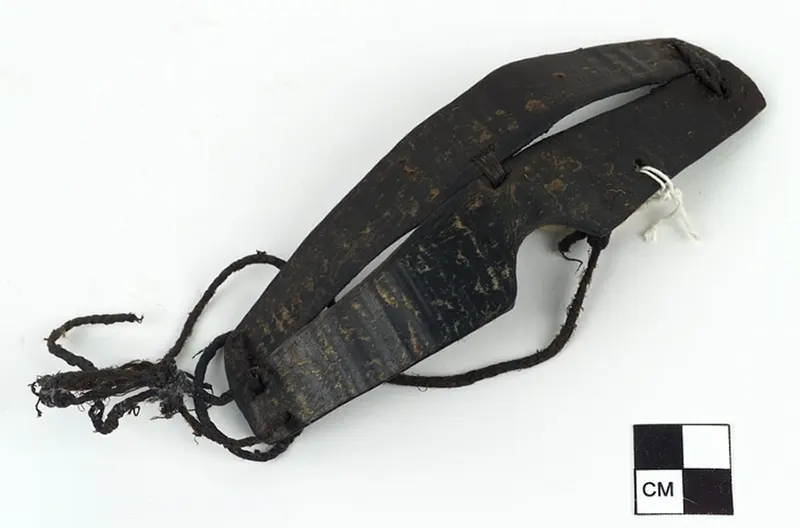
The Design of Snow Goggles: Engineering for Vision and Comfort
The design of the snow goggles was not just about protection from the sun; it was also about comfort and practicality. The curved shape of the goggles helped to prevent condensation from forming, a common issue when warm breath or body heat met the cold surface of the goggles. This feature allowed wearers to maintain clear vision without the distraction of fogging. The goggles were also built to last, with materials that did not freeze easily, ensuring their durability in the frigid Arctic environment.
These engineering feats are particularly impressive when considering the lack of modern tools and technology available to the Inuit and Yupik. With nothing more than rudimentary tools and a deep understanding of their environment, they were able to craft eyewear that provided both protection and visual clarity. The snow goggles were not only practical tools for survival but also an example of the extraordinary adaptability of these cultures.
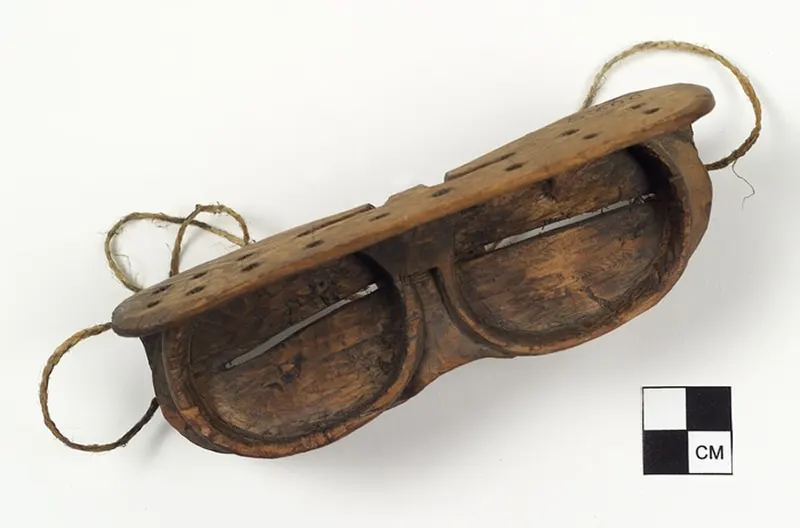
Cultural Significance: A Symbol of Resilience and Artistry
Beyond their functional role, snow goggles held great cultural significance for the Inuit and Yupik peoples. These goggles were not merely protective gear; they were a reflection of the resilience and resourcefulness of these communities. The craft of making snow goggles was passed down from generation to generation, strengthening family bonds and preserving essential knowledge and skills.
In addition to their practicality, many snow goggles were decorated with intricate carvings and designs. These decorative elements were more than just ornamentation—they were a form of personal and cultural expression. Each pair of goggles told a unique story, representing the beliefs, myths, and experiences of the individual wearer. The craftsmanship involved in creating these snow goggles was a testament to the artistry and creativity of the Inuit and Yupik peoples.
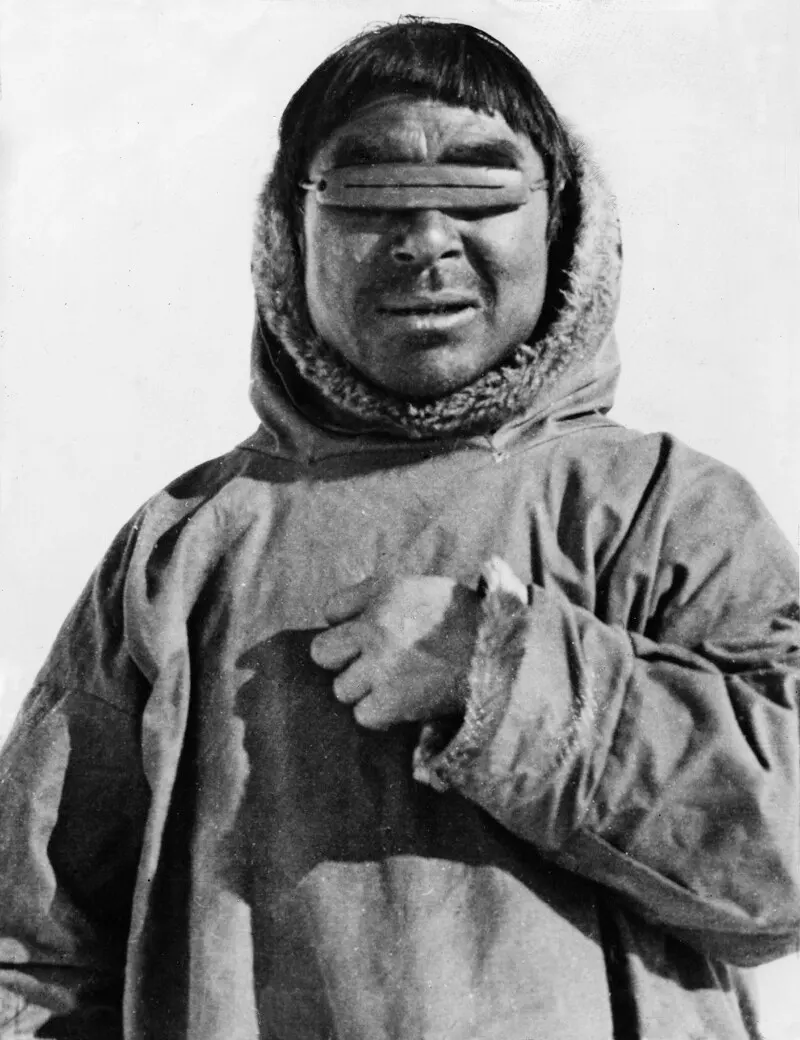
Historical Record: The Spread of Snow Goggles Beyond the Arctic
The use of snow goggles did not go unnoticed by explorers and visitors to the Arctic. Beginning in the 18th century, European travelers, traders, and anthropologists began documenting the use of snow goggles in their accounts of Arctic expeditions. The functional brilliance and unique design of these goggles captured the curiosity of the wider world, leading to their adoption in various other snowbound areas globally.
The spread of knowledge about these snow goggles is a prime example of how Indigenous innovations can influence other cultures. Though the Inuit and Yupik people first created these tools for their own survival, the knowledge of their design eventually reached beyond the Arctic region, helping other communities cope with the challenges posed by snowy environments. This diffusion of knowledge highlights the enduring impact of Indigenous innovations on a global scale.
Gallery of Inuit Snow Goggles: Craftsmanship and Design
In this gallery, we showcase a selection of images that highlight the craftsmanship and design of traditional Inuit and Yupik snow goggles. These images offer a closer look at the materials, intricate carvings, and functional features that made these goggles such effective tools. From the simple wooden designs to more elaborate ivory and bone carvings, each pair of snow goggles reflects the ingenuity and resourcefulness of these Arctic peoples.


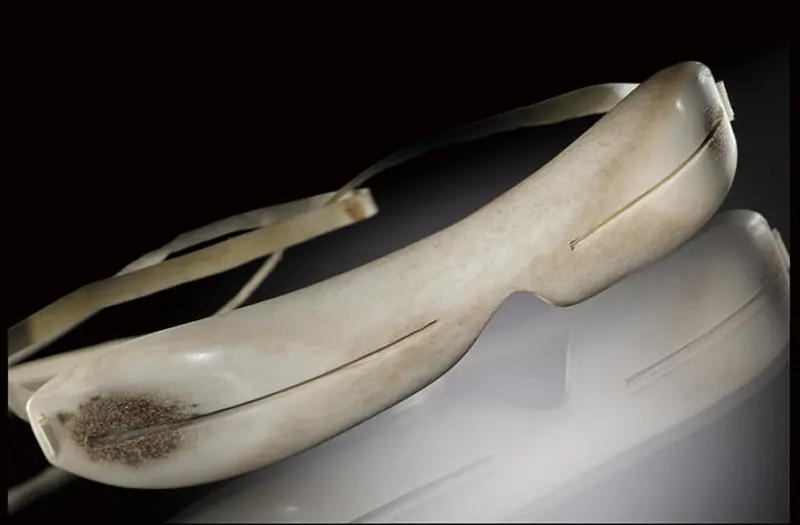
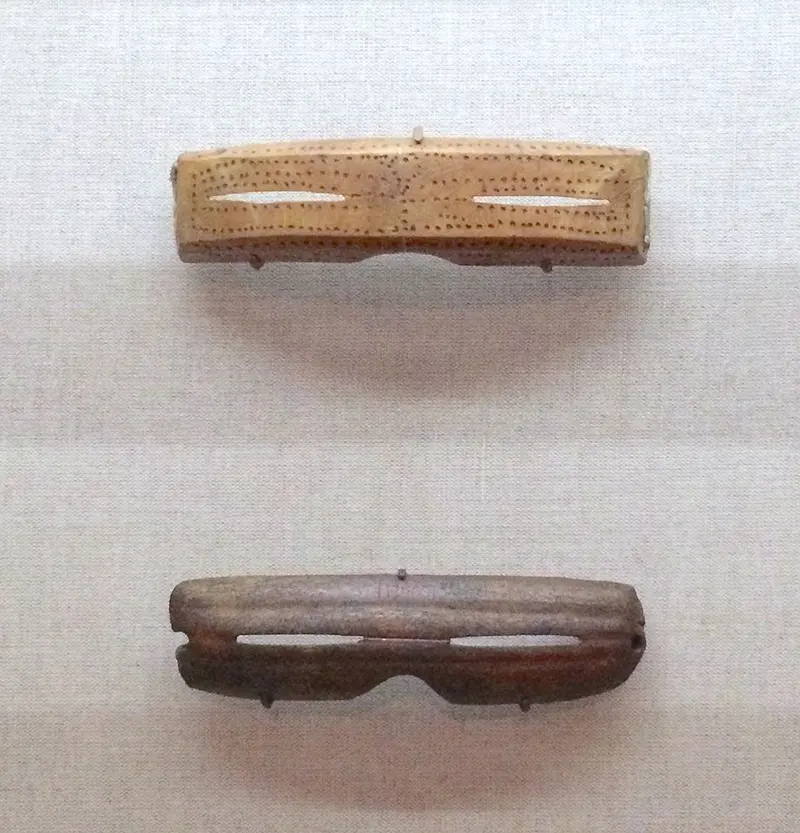
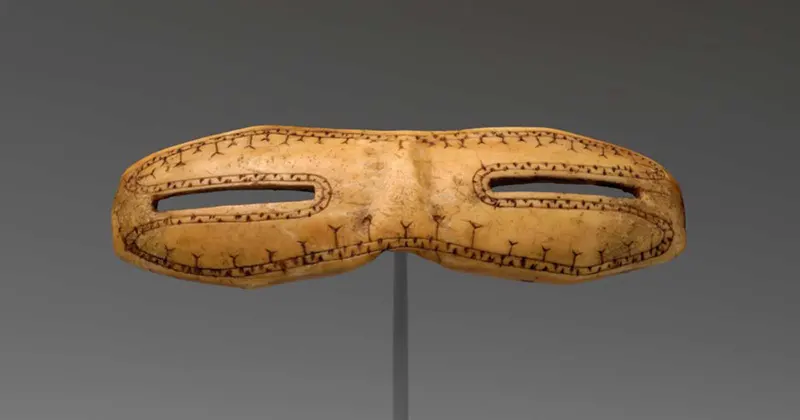

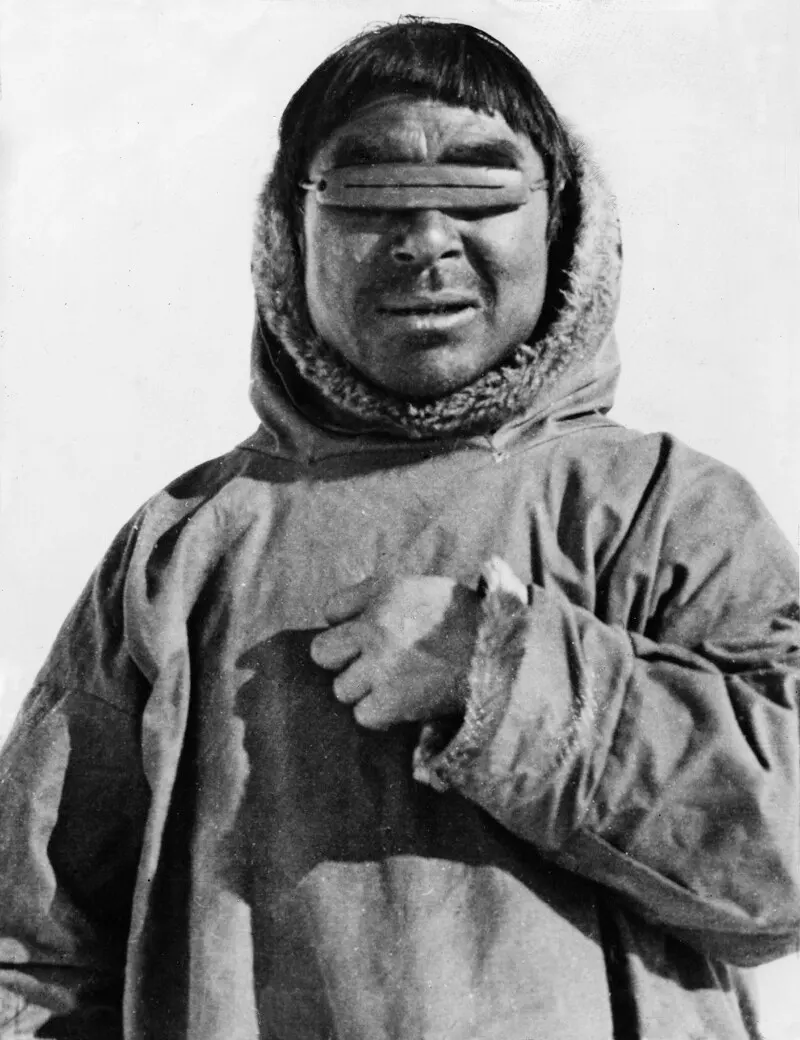
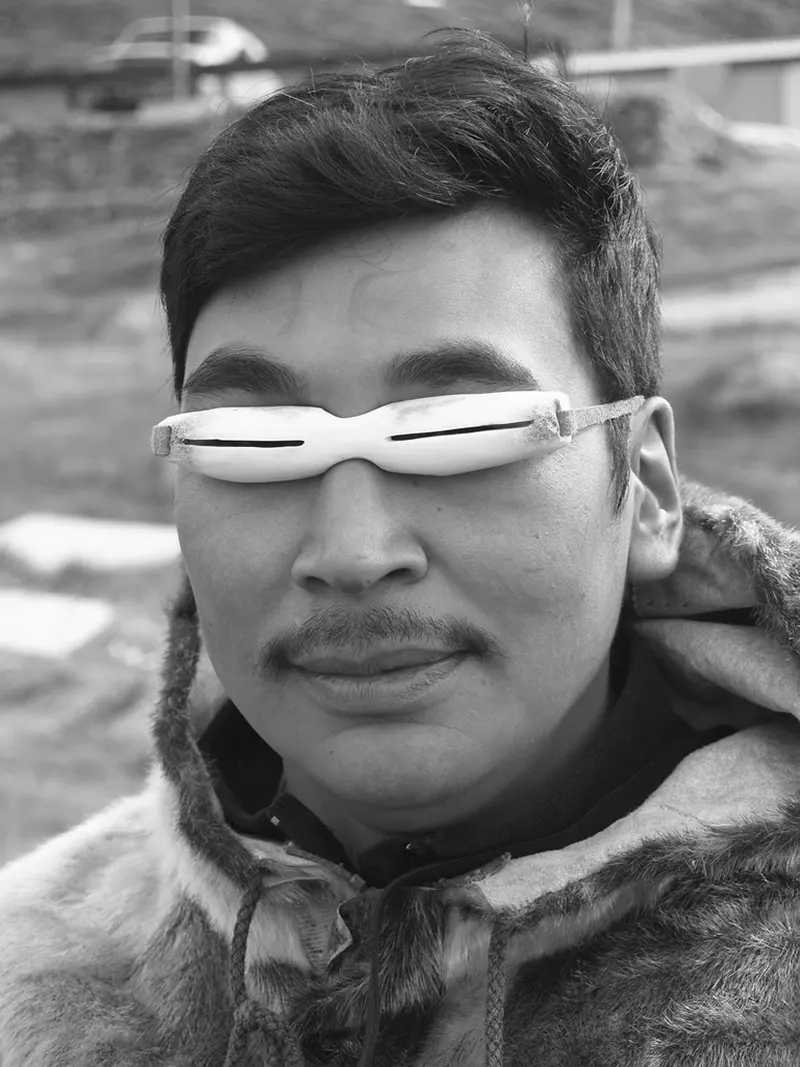
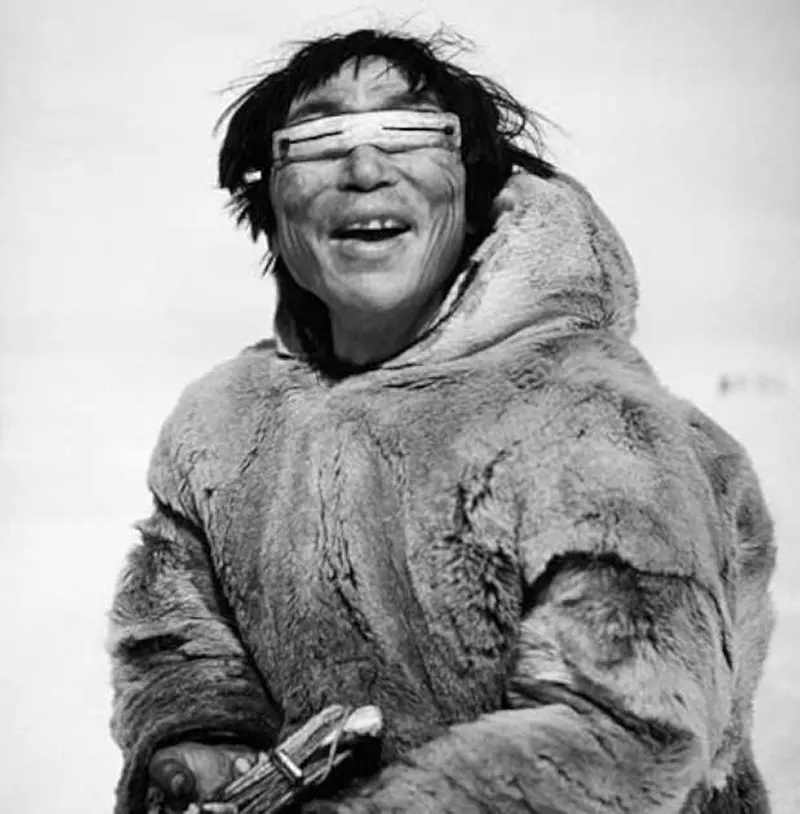
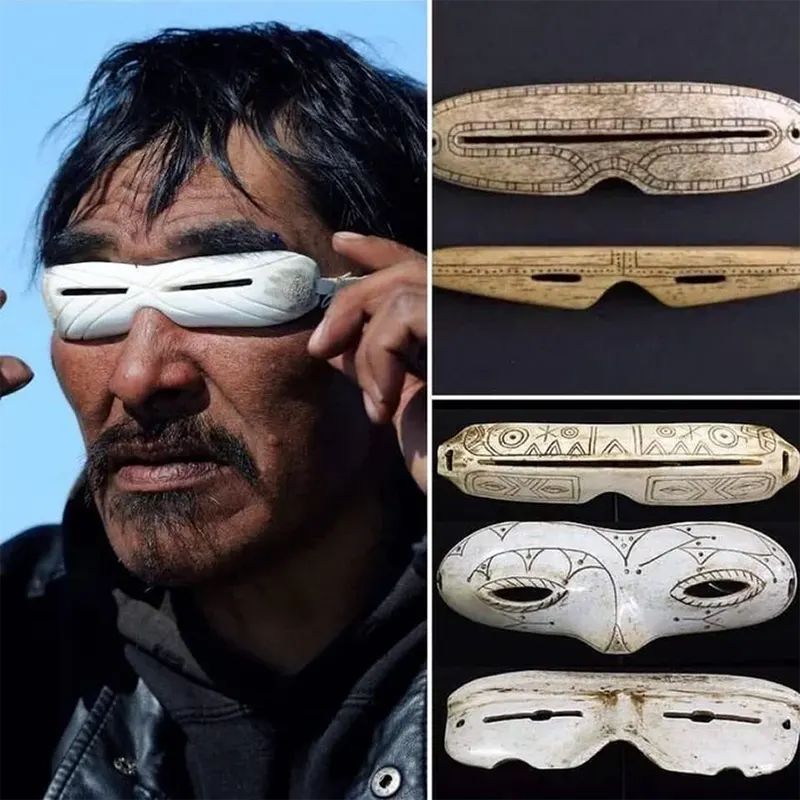
Video
Watch the video Inside the Collection to explore Native American snow goggles and their fascinating history!
Conclusion: The Lasting Legacy of Indigenous Innovation
The invention of snow goggles by the Inuit and Yupik peoples stands as a remarkable testament to the adaptability and resourcefulness of these cultures. In a land where survival was defined by the ability to adapt to the harshest of environments, the creation of snow goggles was not just an innovation—it was a necessity.
These goggles allowed the Inuit and Yupik to navigate the blinding snow of the Arctic, providing them with the ability to hunt, travel, and thrive in one of the most unforgiving landscapes on Earth. However, the legacy of the snow goggles extends beyond their functional use. They represent the resilience, creativity, and artistry of two remarkable indigenous groups who, through their ingenuity, have left an indelible mark on history.
The story of snow goggles is not just one of survival; it is a story of cultural expression, innovation, and the enduring power of knowledge passed down through generations. Today, these goggles continue to inspire awe, offering a glimpse into the lives of the people who once wore them and the remarkable ways in which they adapted to their environment. Through their legacy, we are reminded of the incredible capacity for innovation that exists within all cultures, especially those that have long thrived in the face of adversity.
